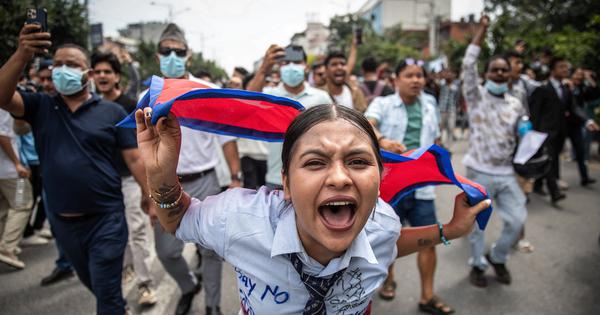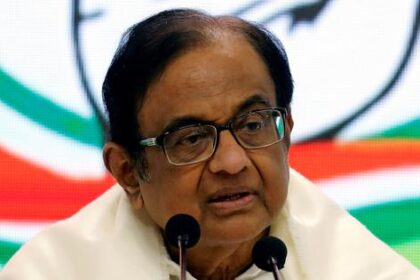South Asia’s political upheavals reflect youth discontent and distinct national contexts, not a unified revolution.
Recent discussions around political turmoil in South Asia have drawn parallels to the Arab Spring, but this comparison may be misleading. While both movements share a backdrop of economic discontent and corruption, the protests in South Asia are rooted in unique national contexts rather than a collective revolutionary aspiration. The region has witnessed the fall of three regimes within a short span: Sri Lanka in 2022, Bangladesh in 2024, and Nepal in 2025, each driven by local grievances and distinct catalysts.
The driving force behind these uprisings is largely the impatience of citizens, particularly the youth, who are increasingly unwilling to accept failing governance. Economic hardship, a significant commonality among these countries, has played a crucial role in fuelling public unrest. For instance, Sri Lanka’s crisis was precipitated by a collapse of foreign reserves, rampant inflation, and severe shortages of essential goods, which ultimately led to widespread protests.
In Bangladesh, dissatisfaction simmered over issues such as unemployment and perceived corruption, further exacerbated by a controversial quota system for civil service jobs. This environment of unrest culminated in a nationwide revolt against Sheikh Hasina’s long-standing rule. Unlike Sri Lanka, where the uprising primarily sought the ousting of a ruling family, Bangladesh’s protests aimed for a broader constitutional reset, reflecting a desire for systemic change.
The interim government under Nobel laureate Muhammad Yunus has attempted to address these demands by dismantling corrupt patronage networks and initiating reforms. However, it faces significant challenges, including bureaucratic resistance and public discontent, which underscore the precariousness of its position and the ongoing struggle for genuine reform.
Nepal’s situation diverges markedly from both Sri Lanka and Bangladesh. Driven predominantly by Generation Z, the protests in Nepal have been characterized by a sweeping rejection of the entire political class. This generational movement leveraged digital tools for organization, but its demands remained diffuse, lacking a clear vision for systemic change. The resulting chaos has led to violent confrontations and a political impasse, with an interim prime minister now overseeing elections amidst widespread distrust of the political establishment.
These uprisings illustrate that while mass protests can lead to the downfall of governments, they do not inherently create new political orders. Each country’s experience reveals distinct pathways: Sri Lanka’s cautious reform suggests the possibility of renewal, Bangladesh’s ambitious yet fragile transition highlights the challenges of institutional change, and Nepal’s generational revolt underscores the risks of rejecting established elites without a coherent alternative. The common thread among these movements is the rising impatience of South Asia’s youth, who, connected digitally yet politically alienated, are demanding accountability and better governance.
Ultimately, these events provide a critical lesson for the region. The protests signify not just a response to immediate grievances but also a profound shift in societal expectations. As citizens, especially the youth, increasingly refuse to wait for change, the political landscape in South Asia is likely to continue evolving, shaped by these powerful calls for justice and reform.








